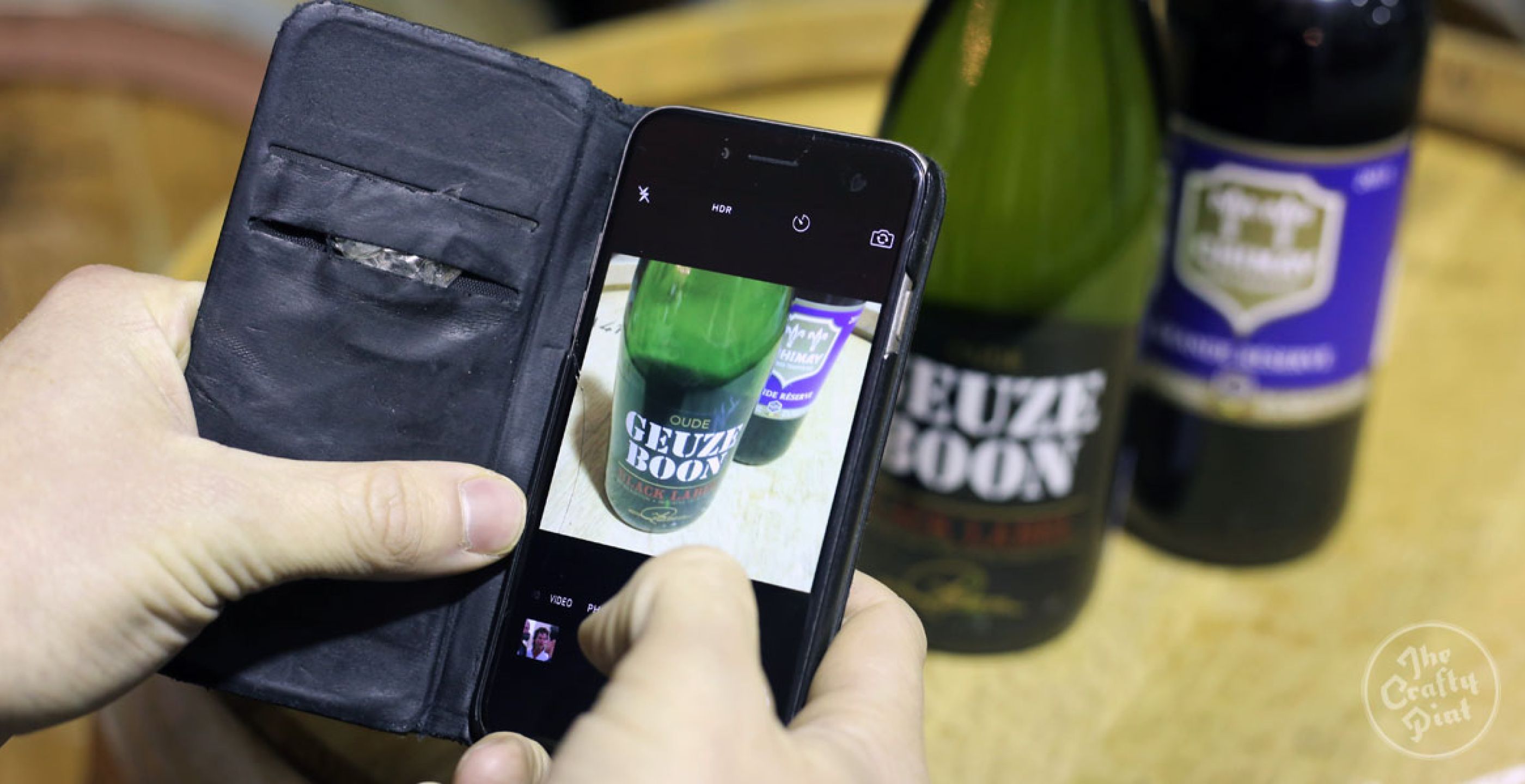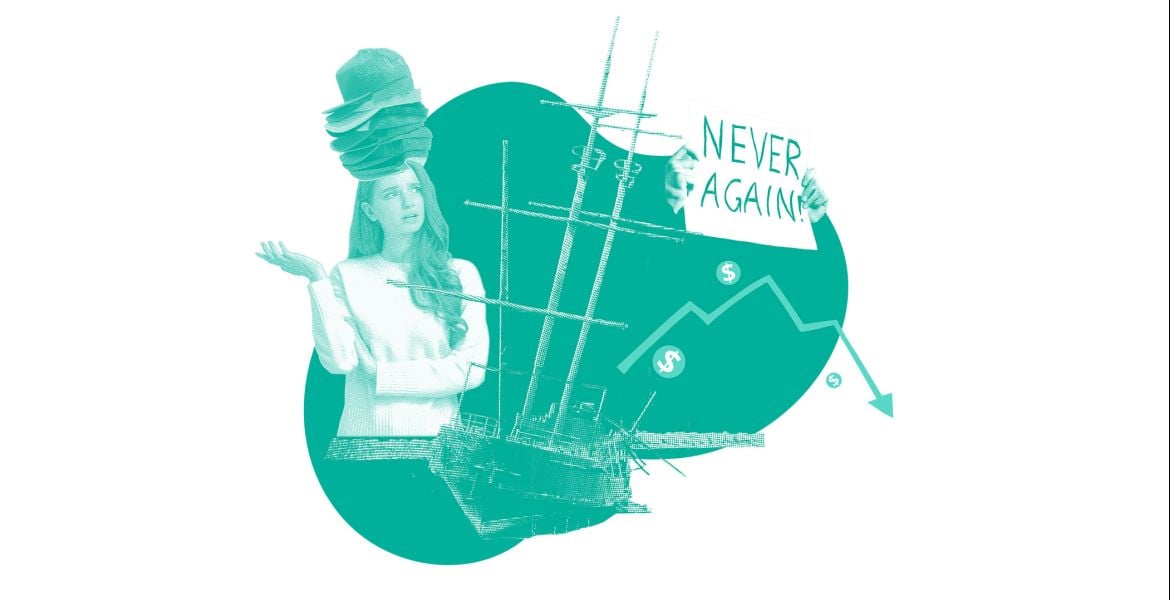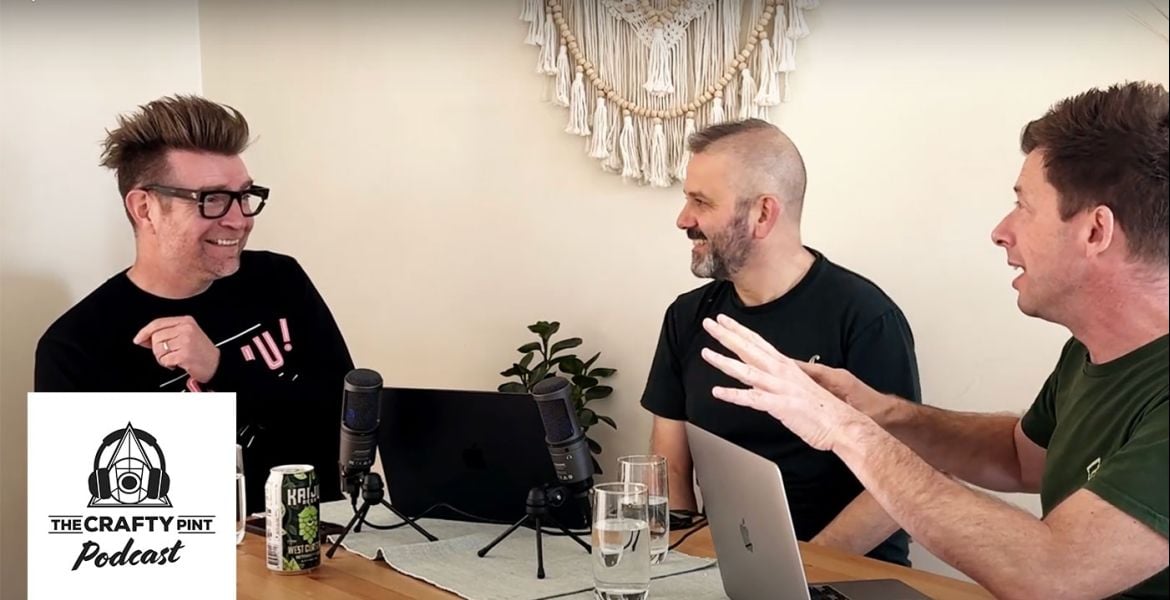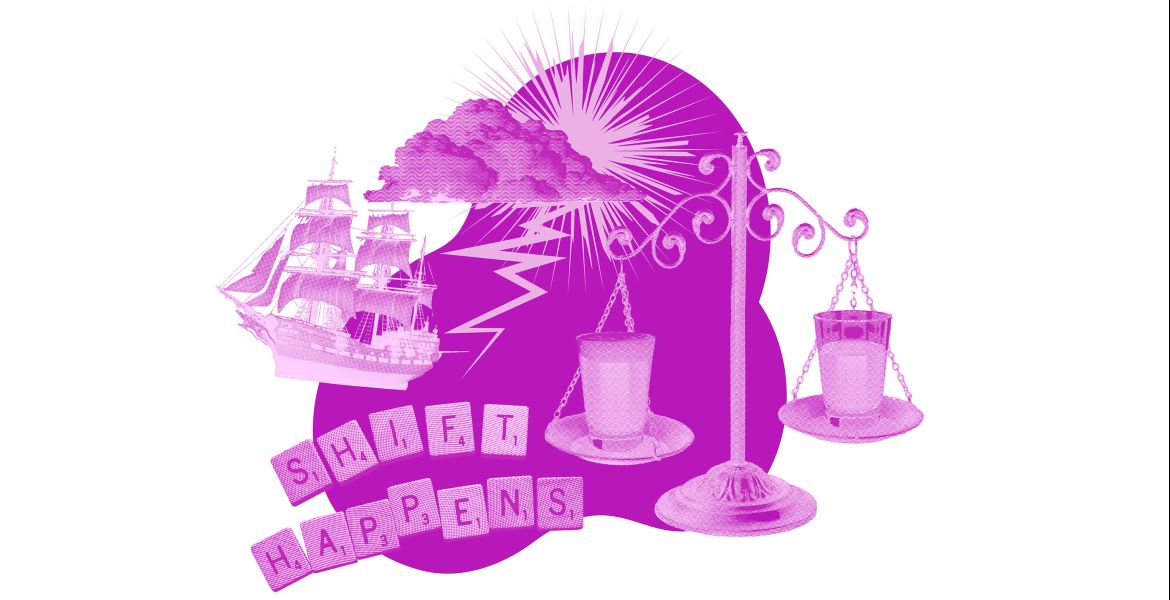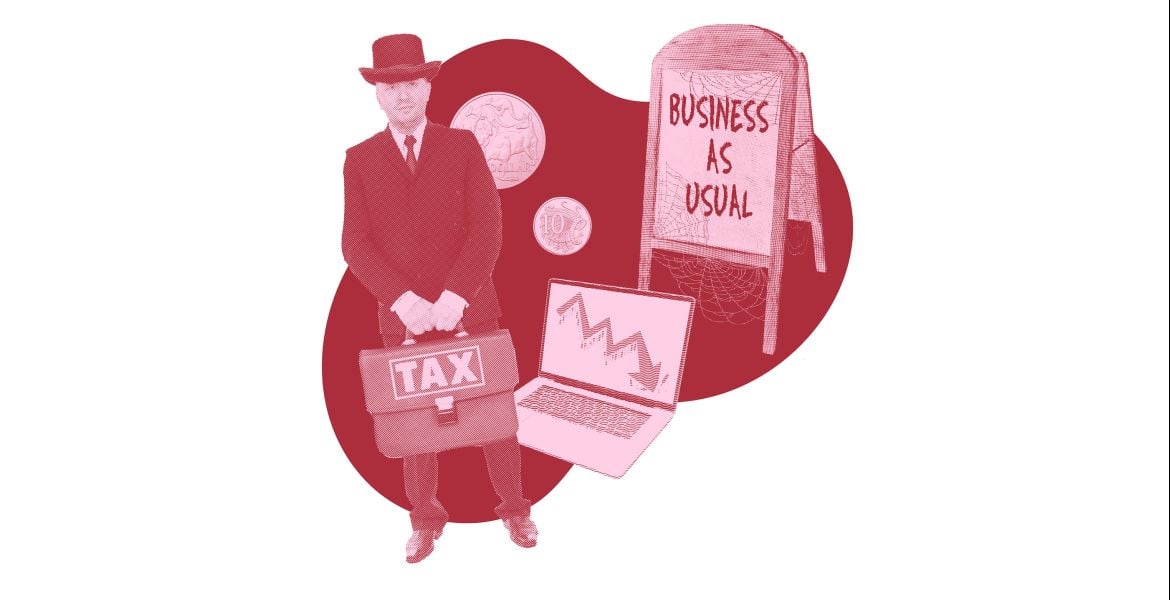Yesterday, we looked at the issue of beer collecting: the sometimes relentless chasing, recording and rating of new, rare and hyped brews. Today, we invite players in different parts of the beer world to tell us where they sit on the issue.
Does a heavy reliance on Untappd or other social media sites carry through into people’s purchasing decisions, how much weight does the industry place upon crowd-sourced ratings and does the need to record every drop that passes one’s lips impact on the social aspect of the beer?
THE PANELLISTS:
- Mazen Hajjar: Co-founder of Hawkers Beer, Reservoir
- Ben Duval: Bar manager at Carwyn Cellars, Thornbury
- Tim Mather: Co-founder of Untappd
- Angus Norris: Beer blogger and Untappd user
- Ryan Davidson: Co-founder and brewer at Little Bang Brewing, Adelaide
How have beer rating apps and sites changed your experience of the beer community?
Mazen Hajjar: They’re everywhere. Every event you go to. The problem with social media is that it offers everyone with a web connection a voice. What’s more important? Australia’s Hot 100 list, Untappd or the AIBAs or CBIAs [Craft Beer Awards]? Of course, they’re all important in getting the message across, but which one becomes more relevant and more important? How do we judge their impact on new people in the market? I don’t have an answer, but I would personally prefer it was the beer judges.
Ben Duval: It hasn’t really changed my experience, but it’s made people more intensely interested in craft beer. That has brought more people into the really geeky events that we have – that’s the biggest change we’ve seen.
Tim Mather: Beer rating and discovery apps have opened me up to just how big the world of beer is. Before starting Untappd, I knew very little about just how many beer styles and breweries existed. I just had whatever was on tap and from one of the few breweries I had heard of. Now I'm always interested in trying new beers and styles, not just from local breweries, but from around the world.
Angus Norris: You notice a few things about how different people drink, and that you’re not the only craft beer nut going around. It’s a good way to find people with similar interests as well.
Ryan Davidson: I've always known we were an opinionated bunch, now I get to hear a lot more opinions. Sober, informed, considered, and otherwise.
Do you think the use of and popularity of these apps have changed beer appreciation in a positive or negative way?
MH: They are a tool for the greater good, but they have a flipside which is dangerous in that they can become geeky and exclusive. They need to be inclusive and broader. Of course I refer to them sometimes when I’m presented with a beer I don’t know. The problem is it is taken way too seriously by way too many people who are not necessarily rating on the basis that we should be rating.
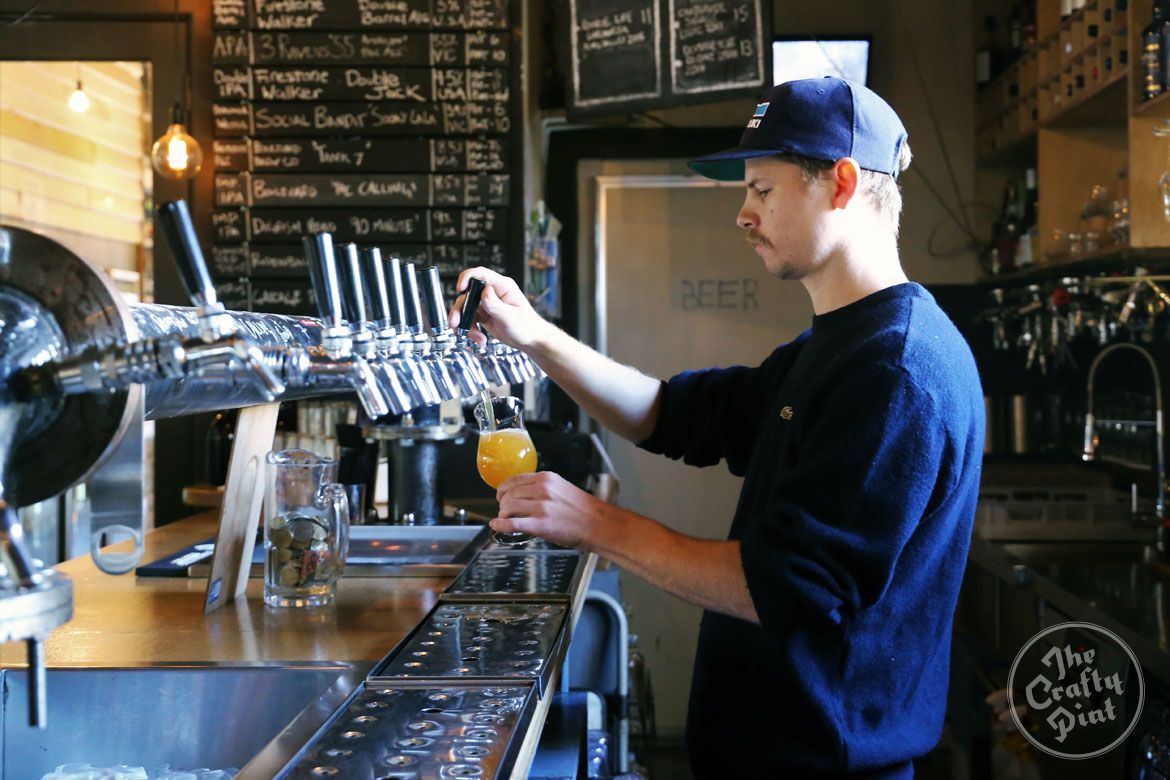
BD: They’ve definitely changed it in a positive way. However, when you’re talking about rating a beer out of five or out of a hundred, a lot of beers are unfairly treated, especially the ones that are really well balanced. You’ve got the big imperial stouts or huge IPAs that aren’t that well balanced, but come out on top; you’ve then got a perfectly balanced saison or pale ale that ends up seeming like they’re just middle of the road.
TM: I believe it's changed appreciation for beer in a positive way. By taking the time to review and rate beers, people are potentially taking in the wide variety of nuances that brewers strive for as opposed to just downing a pint. It makes people take a minute and actually focus on the beverage in front of them.
AN: Both. Positive in that it’s easier for people to find out about rarer stuff and therefore it’s easier to get hold of. But there’s a negative impact in that people just rate a beer by going along with the crowd; there’s less critical thinking about it.
RD: Mainly positive, I think. More people get to hear about more products, including those without marketing budgets or the desire to enter competitions and so on, and, provided one approaches it with the attitude that all opinions are valid, I think it's great for the beer community. The only negative I can see is that one may be tempted to spend / drink too much if they are easily tempted.
What impacts have you seen them have on the social aspect of beer drinking, particularly in beer venues?
MH: I just spoke at a conference and by the time I had finished my presentation, I had 30 tweets about various things. Surely people could take notes, then tweet later. It’s fine, I understand that we live in a world with an overload of information these days, but it shouldn’t interfere with your focus like that.
BD: It causes arguments sometimes; it causes people not to interact with each other a lot of the time because their heads are in their phones. But conversely, it can also bring you out of the house into a beer venue.
TM: From a physically social aspect, rating apps do sometimes add a distraction from what's happening around you, but this is also varied based on the consumer’s preferred habits. Ideally, an app will make this process quick so you can track what your thoughts are and move on. From a digital aspect, being able to see what your friends are trying and rating beers from all over the world can be priceless when it comes to finding new beers you may want.
AN: There are so many people on their phones. I try not to do it during a conversation, and leave for when my friend is in the bathroom or something like that. You don’t want it interfering when you’re out with mates. It’s different if you’re at a tasting or a special event where everybody’s doing it, but if out with friends you don’t want to be that guy sitting on Untappd the whole time.
RD: If there's something new on tap, expect the same group of Me-Firsts to show up immediately to give their two cents online. Bless.
What purpose do you believe they serve?
MH: They are absolutely essential; I don’t minimise their role in getting the message out there. Today, whether it’s someone writing a blog, or someone writing a newspaper article, or a social network site about beer, they are all tools to get the message of good beer across.
BD: It’s access to information. As a beer buyer, I don’t use Untapped, but I do use RateBeer to get the lowdown on a beer I haven’t heard of before. Quite often you’re trying stuff on spec, you don’t get to try a rare beer before committing to a keg of it. It’s good to have at least some feedback there to refer to.
RD: Many. Communication amongst the local, national and global beer community. Good aggregate data for brewers on where the community is at and what they're ready for, or what's “trending". Honest info from a non-corporate source, however whimsical some individuals may be.
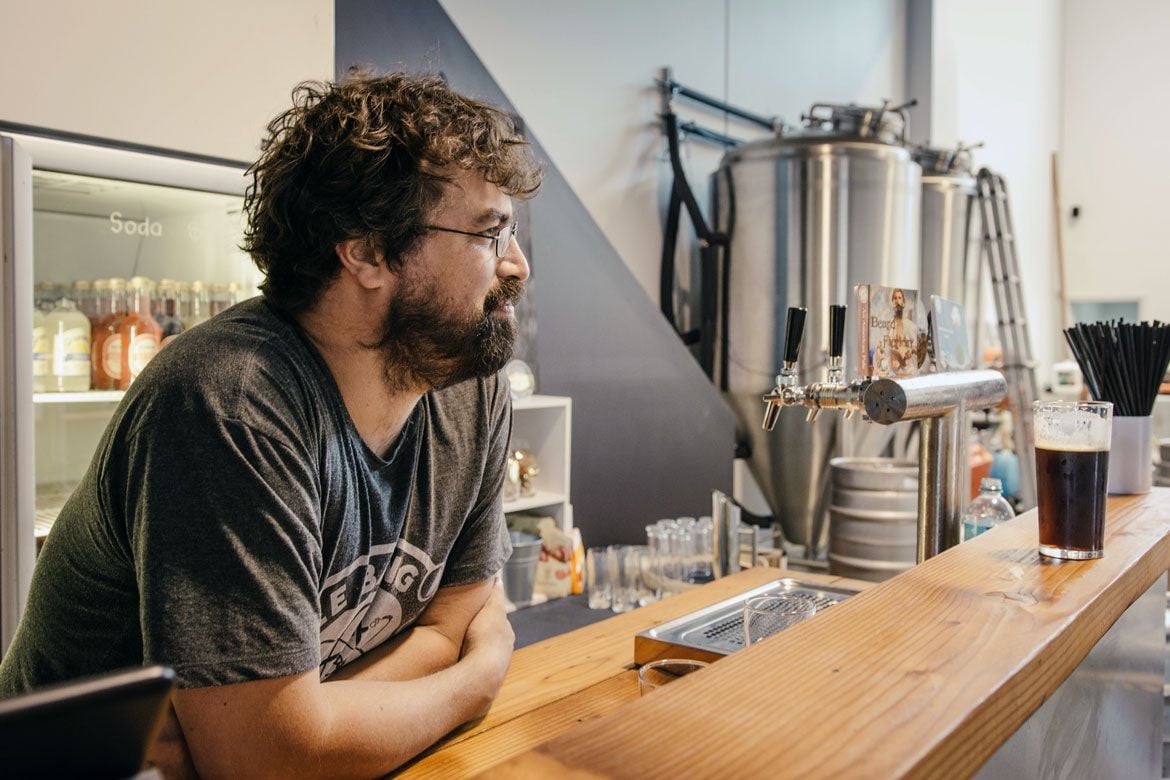
How much attention do you pay to them, and do they influence your decisions around beer purchasing or selling?
BD: They can, but I’d read quite a few different reviews first. Much like you might when deciding whether to go to a restaurant, you can usually tell through someone’s restaurant review whether they’re a dickhead or not. In saying that, you buy on brewery reputation first and take reviews of a beer as a secondary consideration. Quite often you might hear something negative or positive, but then we get it on tap and find it to be something completely different.
TM: Untappd has a huge impact on my beer choices. Seeing what my friends are having makes me want to try those beers as well. Ratings help influence it as well, but I believe the social aspect has a large impact.
AN: Around purchasing there’s a big influence. I do pay some attention to the overall ratings, but I also like to make up my own mind on it.
RD: A lot. As with all social media, these apps and sites allow us to connect directly with our customers, which is great for a small brewery like us. Social media makes a noticeable difference to our earnings in a given week.
Is there value in these apps or beer rating sites for brewers or breweries looking for market feedback?
MH: If people have a general grievance then of course we should be listening, but we shouldn’t allow trends to drive us. If we do, they’re mostly defined by that very geeky minority. This very vocal minority can easily crowd the conversation if we let them.
TM: Having direct feedback from customers on beer rating sites can be invaluable to a brewer. While the feedback can vary from one extreme to the other, there are always some tidbits that can help brewers make decisions on whether to tweak a recipe or not.
AN: It’s good for brewers. But you’ve also got to find a way to properly look at the negative feedback. For example, with sour beer there are so many people who wouldn’t understand what they’re drinking and would rate it appallingly. You’ve got to take it with a grain of salt. If you’re a brewery that focuses on a core range, that could be really tough. You’re not going to have the big double IPA to win favours with. Overall though, if you’re getting the same feedback coming through, it would be worth paying attention.
RD: Yes. Hear what the people who actually bought your beer think and talk right to them.
Is there value in these apps or beer rating sites for consumers?
MH: I understand the value of it as a log. It’s when people pass judgement onto others and are overly vocal about it, that’s when I have an issue. You may or you may not be right. How deep is your judgement? Have you spoken to the brewer, seen what he tried to do and judged him on the outcome? Are you familiar with the style, with the flaws in the beer? That’s where the issues arise. If you’re keeping it as a log, whether you’re logging all your beers or just the specialty beers, or keeping it as a historical record, no problem.
BD: Absolutely. It’s a great education tool and way of getting into the scene. I’m sure there will be new apps that will come up before long – maybe something like Pokémon Go where you can go around collecting rare beers or visiting new bars.
TM: The value is in the education that can be gained from these apps and sites. Especially if there are recommendations provided to help lead someone down the beer rabbit hole.
AN: You know there’s going to be a rating for the beer you’re looking at. You can get past the brewer’s spiel to get feedback from people who aren’t necessarily invested in the product. Often for Australian stuff, it might not have made it to RateBeer or other sites yet, but it’ll almost certainly be ready to go on Untappd already.
RD: Yes. Hear what other people think before you drop $18 on a pint. Just don't take that one drunk idiot too seriously.
Is there a danger of groupthink in public beer rating sites? Once a beer is deemed good, that word becomes gospel?
BD: Definitely. Certain beers get championed and people are going to follow other people as well. It’s the nature of the beast.
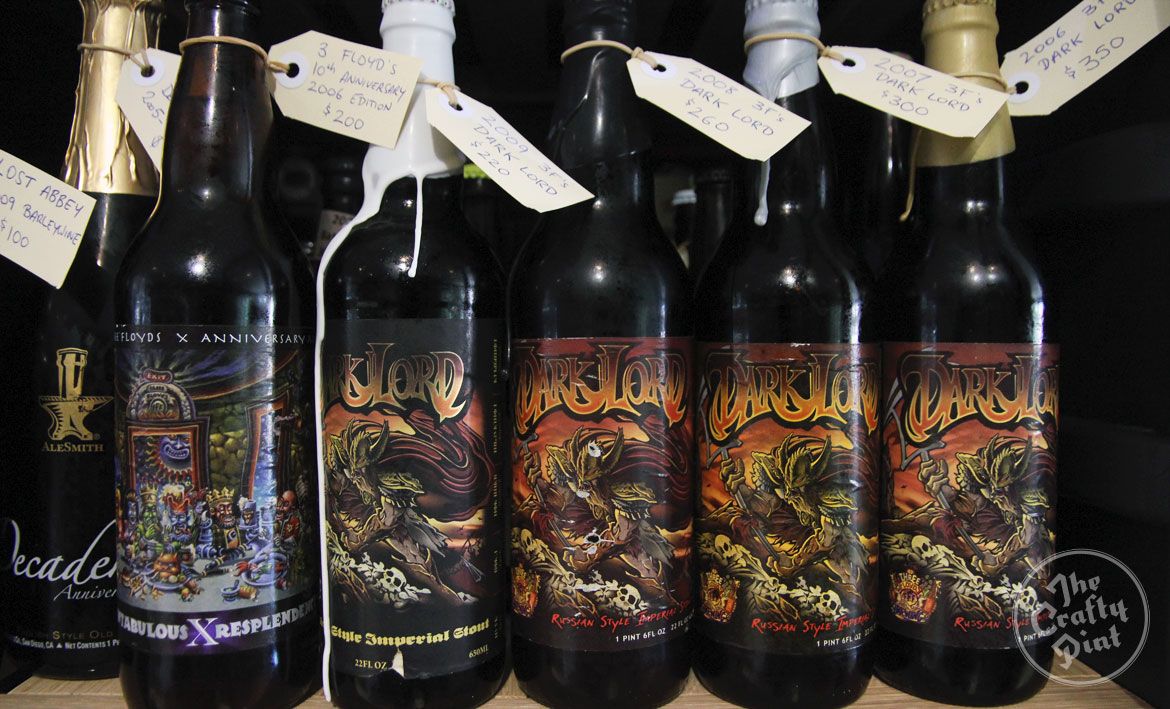
TM: I believe in the world of beer a lot of these whales, or highly sought after beers, existed before the advent of beer rating sites. The rating sites have definitely helped to spread the word of these beers, but everyone's tastes are different and ratings can vary greatly amongst consumers.
AN: Definitely. I get past that by looking at people whose palates I trust. You might see it on Facebook groups like Beer Thread, where a beer can be obsessed over on release even if it’s not that amazing. You’ve got to trust the reviews of those you know well, rather than just anybody off a social media forum.
RD: Quite the opposite. The Internet is a hotbed of disagreement, and beer rating sites are no exception. Sites like these allow people to disagree as much as they like, and no one gets punched.
As brewers who don't really follow style guides, we find the straight-up subjective opinions of hundreds of people far more valuable than the possibly more objective assessment of a judge, against a BJCP style guide that we weren't really concerned with in the first place. We're more interested in experimentation and drinking pleasure than we are in conforming to the traditional parameters of a style.
FINAL THOUGHTS
As with any subject, there’s no black and white but shades of grey. And, as with any tool, the benefits (or otherwise) that rating sites and apps offer depend on the intent and practice of the individual user.
Whether for personal record-keeping or to share your thoughts with the world, there’s plenty that a beer lover can gain from the use of such platforms – and that’s without the benefits mentioned above, such as enticing people to new venues or into making new friends with shared passions.
What’s more, used smartly, the dazzling array of information on beer now available online – via these apps, broader social networks, this website, Now Tapped and so on – makes it easier than ever for anyone interested in great beer to find what they want, learn quickly, develop their palates and, as Tim says, disappear down the rabbit hole. When we say “used smartly”, it’s as simple as considering how we (should) consume media. Once you know the political bias of a media organisation’s proprietor or editorial team, you can sift through the message to try and find the facts; here, it’s a case, as Angus says, of sifting through the morass to find the gems: trusted reviewers, sites and opinions – then using them to make your own informed decision.
As for the social distractions, it’s very real. When we looked back at the photos of our Pint of Origin bus tours during Good Beer Week (where, admittedly, we were showcasing four beers in a short space of time at each venue so there was a lot to record) we noticed that in most photos some guests would be locked into their phones, even when guest brewers who had come to meet us at the venues were talking.
But next time you’re on public transport or walking down the street take note of how many people are locked into their phones or tablets, whether it’s shutting out the world through headphones, checking Facebook or emails, playing a game or merely flicking through apps to satisfy their addiction to the phone. If there is a danger that the desire to collect beers eats into the social aspect of beer, it’s merely one symptom of a world in which humans are becoming increasingly wedded to technology.
Ultimately, as with a great beer it comes down to balance. These tools aren’t designed to mislead you or destroy the conviviality of a beer bar; it’s only the users that can let this happen. Used wisely they’re merely another addition to our multifaceted and ever-changing beer community.





